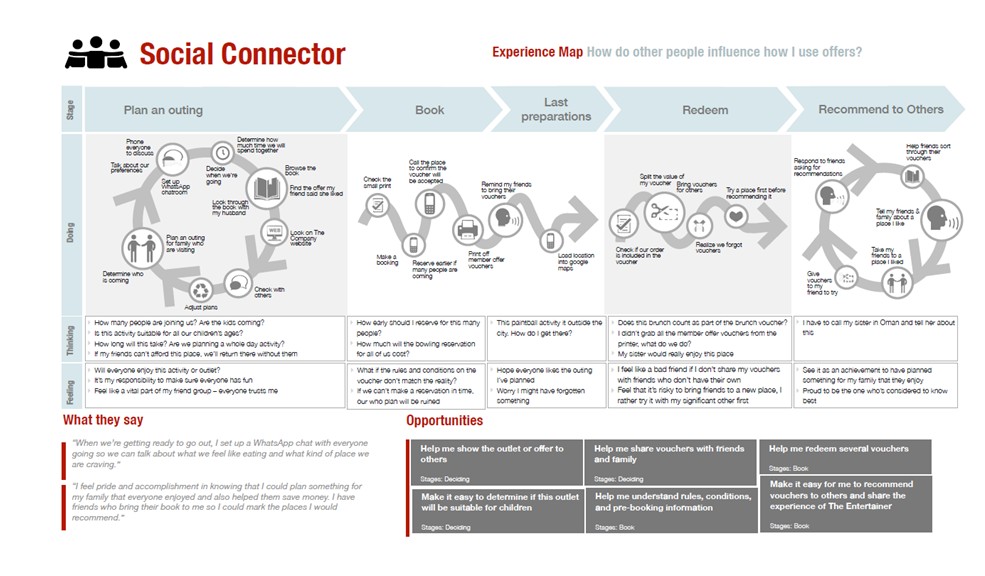- Call: 0203 427 3507
- Email: innovation@clustre.net
The unstoppable rise of the smartphone may well rank as the greatest social phenomenon of this century. It has done more to change people’s behaviours and lifestyles than possibly any technology innovation in history.
Almost 1 in 3 people on this planet now have a smartphone. It is central and essential to modern life. Every day, on average, owners check their smartphones 150 times and spend over 3 hours ‘playing’ with them. For many, it is the first thing they view when waking and – rather sadly (some would say) – the last thing they touch at night!
And the smartphone’s popularity will continue to climb. We are currently seeing ‘wearables’ becoming a big part of the mass market as devices replace payment mechanisms, tickets and many other traditional tools and currencies. So is it any surprise that companies are rushing to develop smartphone apps that deliver the Martini promise: ‘anytime, anyplace, anywhere’?
But how do you build a greatapp? That’s the question many senior managers are now asking. But it’s the wrong question. What they should be asking is: “How do we create a great customer experience around a mobile app?”
People are naturally excited by technical innovation. They are fascinated by all things ‘new’ and – carpe diem – they want to turn them to competitive advantage. To do that effectively, though,you need to think about the total mobile experience and not merely focus on the screen or the interface. Issues such as the device someone uses or the location from which they interact are secondary considerations – the absolute priority is to create a consistent, valued experience, from start to finish.
Logistics – the weak link in the supply chain
For example, there is no point in developing a sexy app if the fulfilment process doesn’t deliver customer satisfaction. When you place an order you should be empowered to track its progress and, crucially, to determine when and where it is delivered.
Unfortunately, logistics is one of the biggest causes of consumer frustration in online trading. Many retailers fail to ask for customer preferences on delivery times. Worse still, a shameful number routinely break their commitments – agreeing a date and time buttotally failing to deliver. What’s the value of a slick mobile-based ordering system if the fulfilment system is shabby and flawed? And herein lies the really BIG issue…
Many companies suffer from a dangerous myopia. They focus solely on app development. In reality, though, this is merely a key element in a much larger picture… an end-to-end process that has to be seen in a much wider perspective.And let me illustrate the importance of that holistic vision with a case study from a multi-award-winning developer of mobile apps…
Mapping the customer journey
 This Clustre member firm was approached by Entertainer Dubai – a very successful (butvery traditional) voucher based business in the Middle East. Offering a host of discounted (2 for 1) deals on fine dining, informal eateries, stylish cafés, nightspots and other attractions across Dubai and the Norther Emirates, this is a popular and well-established business. However, the client fully appreciated the need to move from a physical book-based business model to something that worked seamlessly on a mobile.
This Clustre member firm was approached by Entertainer Dubai – a very successful (butvery traditional) voucher based business in the Middle East. Offering a host of discounted (2 for 1) deals on fine dining, informal eateries, stylish cafés, nightspots and other attractions across Dubai and the Norther Emirates, this is a popular and well-established business. However, the client fully appreciated the need to move from a physical book-based business model to something that worked seamlessly on a mobile.
Many app developers would have been tempted just to create an online version of the book and regard that as success. Our team, however, had a rather bigger vision. They took their client on a journey of customer discovery. Together they studied people’s social experiences and expectations: What key factors shape people’s entertainment and leisure-life decisions… which entertainment options weremost popular (and why)… how is Entertainer Dubai currently used and where could an app add new value to people’s social lives… what are the emerging trends in entertainment… and how will these impact future leisure offerings?
All of these insights were distilled into a customer journey map and this blueprint led to an app that is now adding measurably more value, enjoyment and profit to each customer’s leisure journey.

Stats speak louder than words
Those are the true stats of success. So what can we learn from this and similar experiences?
The Take-home lessons
Most successful apps are developed by businesses that take a strategic view of the entire customer experience. And that holistic perspective begins by answering these two core questions:
True to this holistic thinking you should consider online and offline together… what the customer sees on screen must enhance what they experience offline. If the experience isn’t consistent it will undermine the credibility of both the app and the brand.
To achieve this consistency companies developing apps should keep to these four key principles:
 … and let me leave you with this last thought
… and let me leave you with this last thought
While a mobile experience can be delivered on a website rather than an app, there is now clear evidence that people spend more time and engage more avidly on an app than a website. So, if you really want to optimise customer experience, you simply have to consider the preferred and most popular consumer touchpoint… the mobile app.
But – and here’s the rub – don’t do this in a vacuum otherwise you will be as good as confining your wonderful new app to the rapidly growing scrapheap of failed ones. RIP.